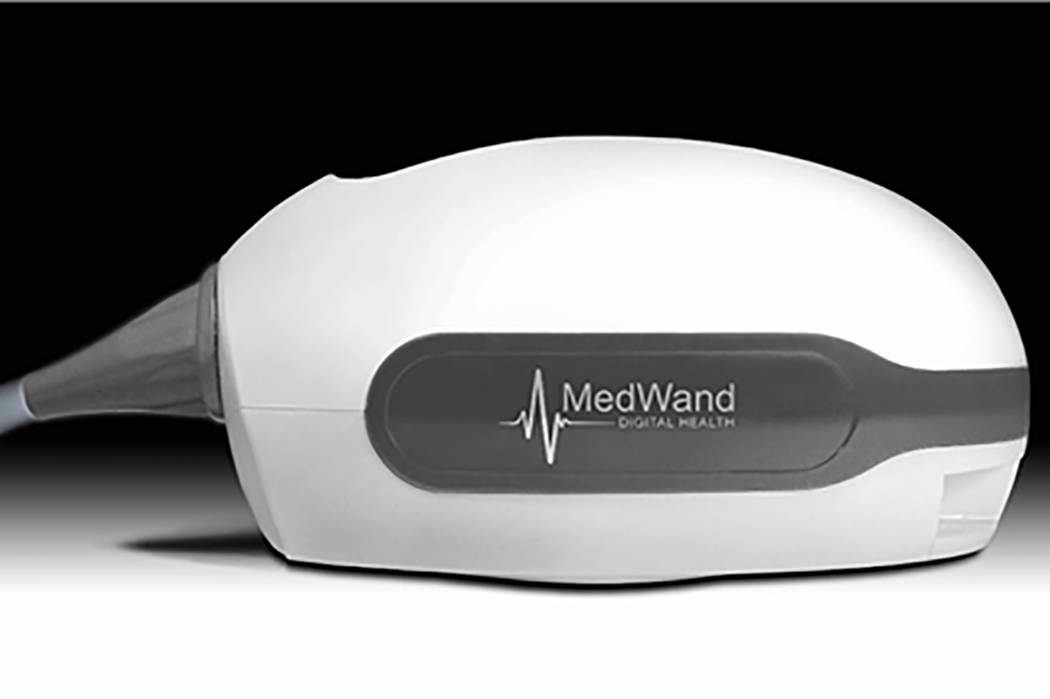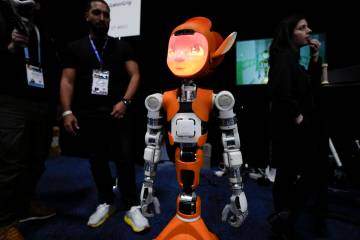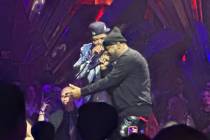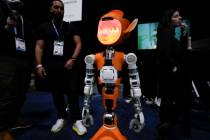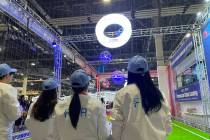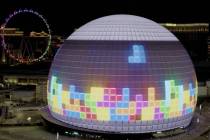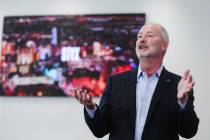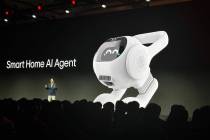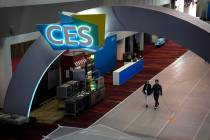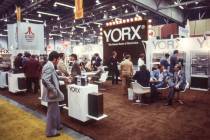CES 2020 health gadgets support remote exams, stroke patients
Privacy, security and ethics are becoming more a part of health technology than ever.
Jill Gilbert, who produced programming related to digital health at the CES trade show, called health care data more valuable than financial data.
Gilbert presented Sunday during a media event before the show officially begins Tuesday in Las Vegas.
The convention runs through Friday and will include hefty programming related to health and wellness, as well as many exhibiting health care companies.
Medical technology company NeoFect USA is touting its new “smart balance” device, a lower-limb rehabilitation gadget for stroke patients.
“With smart balance, stroke survivors can work on re-stabilization,” NeoFect CEO Scott Kim said. “Patients families can monitor the progress altogether.”
The company also helps those with spinal cord injuries, musculoskeletal disorders or neurological conditions “regain independence and live fuller, more active lives,” according to a description on the CES website.
“Its game-based rehabilitation solutions deliver more engaging, quantifiable therapy to improve cognitive, hand, upper arm, and lower-limb function, while its robotic orthosis creates an artificial grip to increase hand mobility,” the description reads.
Dr. Samir Qamar, a local physician and the CEO of MedWand Solutions Inc., introduced the eponymous “MedWand,” a stethoscope, thermometer, EKG and about seven other diagnostic devices in a hand-held item.
The multi-purpose device, a CES Innovation Award Honoree in “Health and Wellness” and “Tech for a Better World,” was created by physicians and medical device engineers, according to information provided on the CES website. It provides clinicians the chance to conduct remote office visits and collect vital sign readings and patient data in real time.
“In addition to the real time remote exams,” the website said, “it can be used by Home Health Care, EMS, Hospice and Palliative care workers, as well as assisted living home monitoring environments.”



